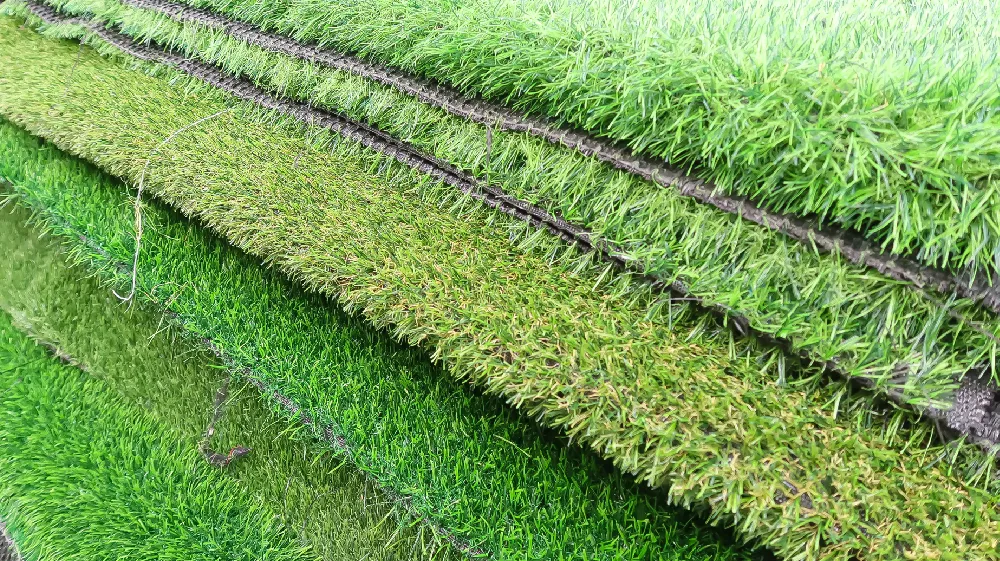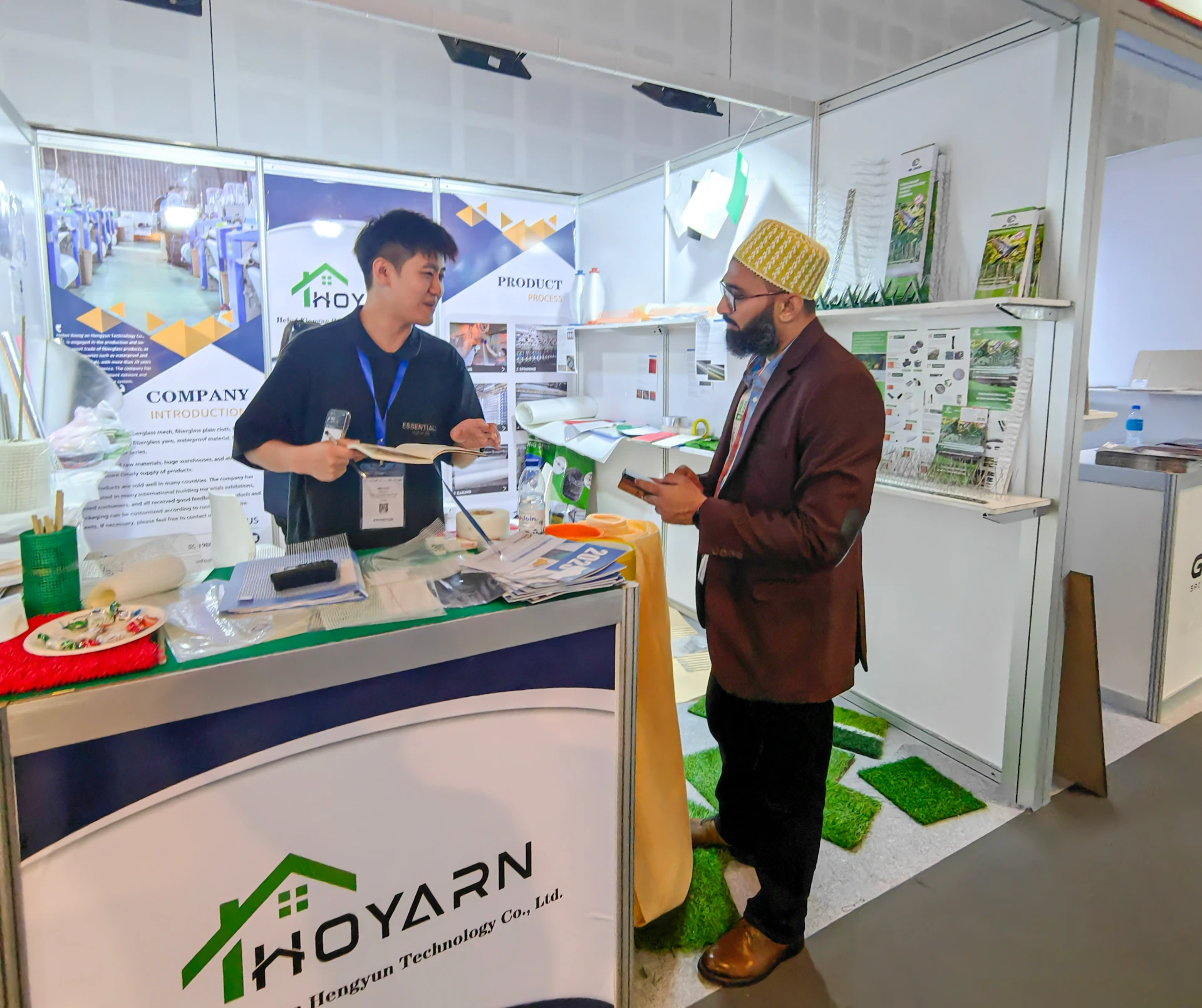Welcome to Hoyarn
Call Us Any Time:+86 19801805999
Email Us: info@hoyarn.cn

- Afrikaans
- Arabic
- Belarusian
- Bengali
- Czech
- Danish
- Dutch
- English
- Esperanto
- Estonian
- Finnish
- French
- German
- Greek
- Hindi
- Hungarian
- Icelandic
- Indonesian
- irish
- Italian
- Japanese
- kazakh
- Rwandese
- Korean
- Kyrgyz
- Lao
- Latin
- Latvian
- Malay
- Mongolian
- Myanmar
- Norwegian
- Persian
- Polish
- Portuguese
- Romanian
- Russian
- Serbian
- Spanish
- Swedish
- Tagalog
- Tajik
- Thai
- Turkish
- Turkmen
- Ukrainian
- Urdu
- Uighur
- Uzbek
- Vietnamese
Artificial Turf For Green Playgrounds, Boundless Energy
Feb . 13, 2025 05:19 Back to list
Artificial Turf For Green Playgrounds, Boundless Energy
Evaluating the cost of playground artificial grass requires a thoughtful understanding of the elements that define value, quality, and practicality. When considering implementing synthetic turf for playgrounds, assessing the factors that contribute to overall costs is crucial for balance between budget and quality.
Maintenance is often touted as a cost-saving aspect of artificial grass. Unlike natural grass, synthetic alternatives require no watering, mowing, or fertilization. This reduction in maintenance translates to lower long-term operational costs. For schools or community parks mindful of annual budgets, the savings on water bills and landscaping services can be substantial over time. Evaluating the lifespan of the artificial grass is essential for understanding its cost-efficiency. High-quality artificial grass can last between 8-15 years, depending on the level of usage and maintenance. The initial outlay starts to make more sense economically when amortized over its lifetime, especially compared to the recurring expenses associated with natural grass upkeep. Aside from cost, other factors contribute to the project's success. The supplier's reputation and post-installation support services shouldn't be overlooked. Choosing a supplier with a track record of delivering excellent products and customer service enhances reliability and trust. Reputable companies often provide warranties that safeguard your investment, ensuring long-lasting satisfaction and peace of mind. Finally, the environmental impact is an increasingly important consideration. While artificial grass eliminates the need for irrigation and chemical treatments, which is environmentally beneficial, some eco-conscious entities might consider recyclable or environmentally friendly turf variants. Though these options might have a slightly higher upfront cost, they reflect a commitment to sustainable practices. In conclusion, while the initial costs of playground artificial grass might appear high, the holistic value considering durability, reduced maintenance, enhanced safety, and eco-friendly options, makes it a prudent investment. Conducting a comprehensive cost-benefit analysis while considering long-term operational savings highlights the strategic advantage of synthetic turf in creating a safe, appealing, and sustainable play environment.


Maintenance is often touted as a cost-saving aspect of artificial grass. Unlike natural grass, synthetic alternatives require no watering, mowing, or fertilization. This reduction in maintenance translates to lower long-term operational costs. For schools or community parks mindful of annual budgets, the savings on water bills and landscaping services can be substantial over time. Evaluating the lifespan of the artificial grass is essential for understanding its cost-efficiency. High-quality artificial grass can last between 8-15 years, depending on the level of usage and maintenance. The initial outlay starts to make more sense economically when amortized over its lifetime, especially compared to the recurring expenses associated with natural grass upkeep. Aside from cost, other factors contribute to the project's success. The supplier's reputation and post-installation support services shouldn't be overlooked. Choosing a supplier with a track record of delivering excellent products and customer service enhances reliability and trust. Reputable companies often provide warranties that safeguard your investment, ensuring long-lasting satisfaction and peace of mind. Finally, the environmental impact is an increasingly important consideration. While artificial grass eliminates the need for irrigation and chemical treatments, which is environmentally beneficial, some eco-conscious entities might consider recyclable or environmentally friendly turf variants. Though these options might have a slightly higher upfront cost, they reflect a commitment to sustainable practices. In conclusion, while the initial costs of playground artificial grass might appear high, the holistic value considering durability, reduced maintenance, enhanced safety, and eco-friendly options, makes it a prudent investment. Conducting a comprehensive cost-benefit analysis while considering long-term operational savings highlights the strategic advantage of synthetic turf in creating a safe, appealing, and sustainable play environment.
Latest news
-
The Benefits of Artificial Turf for Indoors
NewsJul.15,2025
-
How Artificial Grass Suppliers Ensure Quality Products
NewsJul.15,2025
-
Artificial Grass and Pets: A Space for Relaxation
NewsJul.08,2025
-
Balcony & Outdoor Decoration with Artificial Grass
NewsJul.08,2025
-
Best Indoor Artificial Grass for Home
NewsJul.07,2025
-
Best Pet Turf for Dogs: Safe & Durable Artificial Grass Options
NewsJul.07,2025
Products categories









